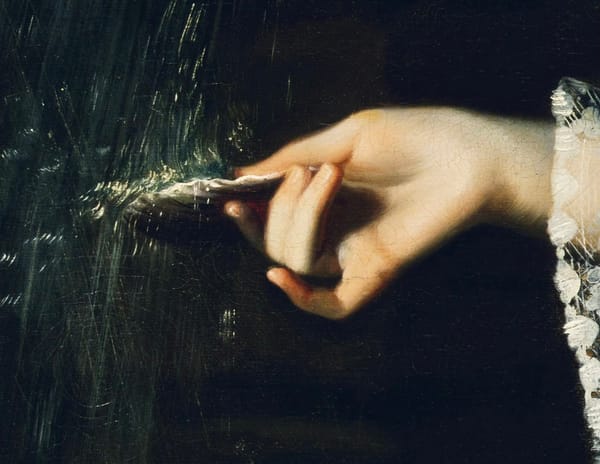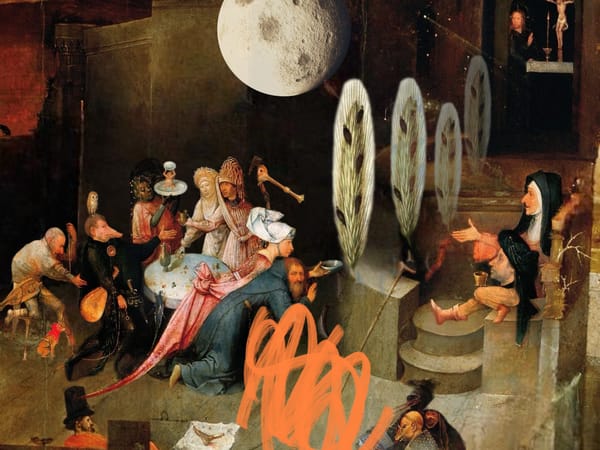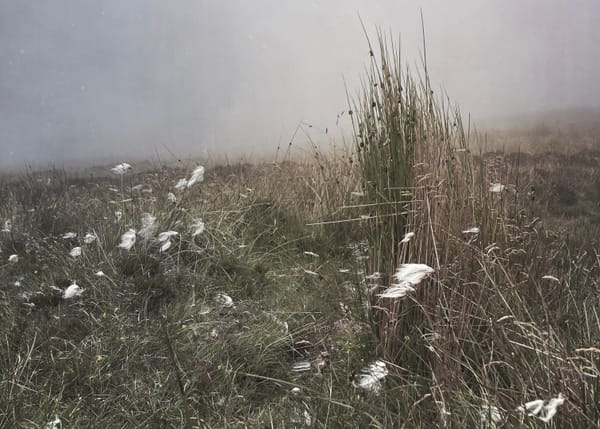STONE WIVES & WEATHER WITCHES 🌬️
Westray Island field notes at the new Bere Moon 🌚
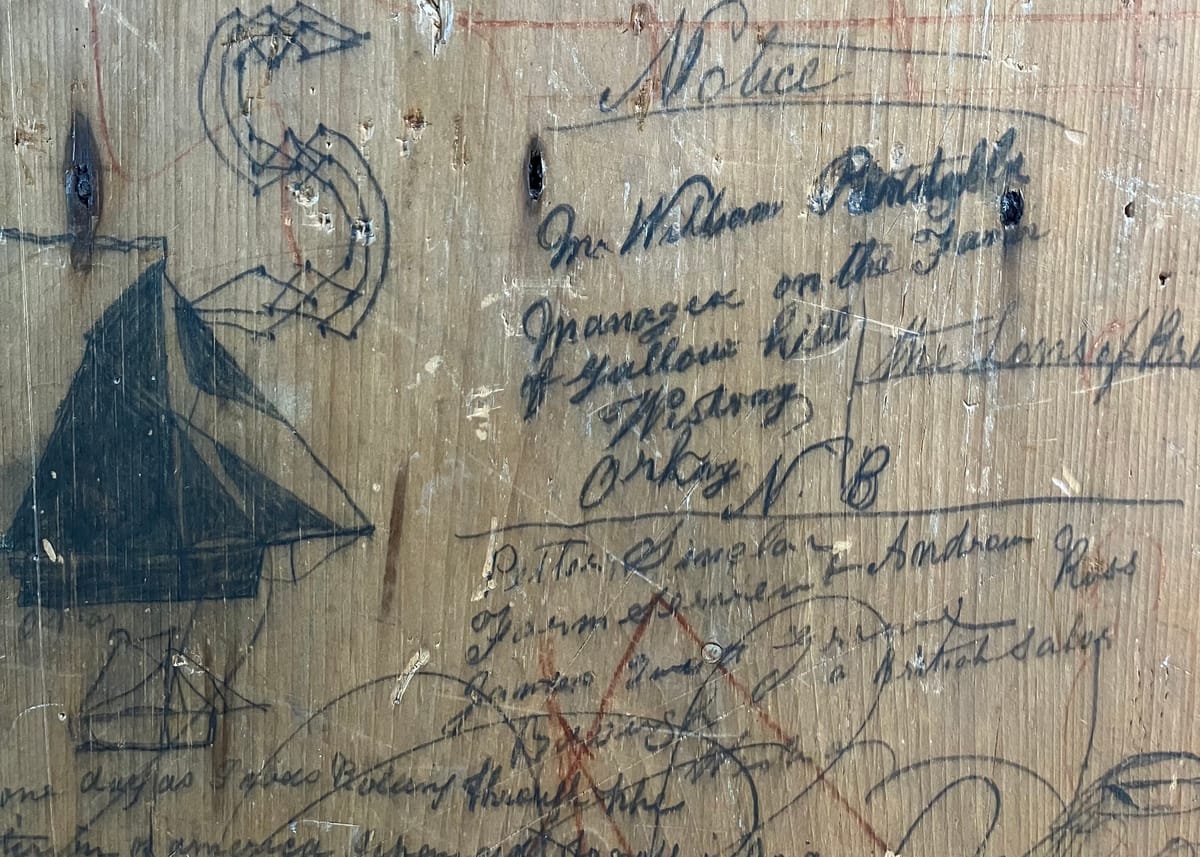
Readers, this journey I present here was taken before I caught Covid. This is a sample chapter from a longer work on some of the women accused of witchcraft in Orkney and their relationship to the landscape. It’s presented in two parts. The second will come with the October’s new moon.
The field notes I have written take months of in depth research and preparation. I am unable to offer them for free. Paid subscribers make this work possible. Future field notes requiring travel & trekking will continue when I recover!
Witchy Waxing (shorter field notes focusing on flora & fauna), Round Ups (what I’m reading, etc.) and Full Circle posts (revisiting older work) remain free to all readers!
Text within this block will maintain its original spacing when publishedwhere Scotland at long last
wearies of uttering its own name
—A Westray Prayer, John Glenday. Listen to the poet reading the full poem here.
Text within this block will maintain its original spacing when publishedSee ye na that narrow road
Up by yon tree?
That’s the road the righteous goes,
And that’s the road to heaven.
An see na ye that braid road,
Down by yon sunny fell?
Yon’s the road the wicked gae,
An that’s the road to hell.
—The Queen of Elfan’s Nourice, Child Ballad 40
Text within this block will maintain its original spacing when publishedAnd witches too, and goblins too
The speckled silk
Lament, repent
Oh mortal you
So sad…hollow hills…
—Hollow Hills, Bauhaus.
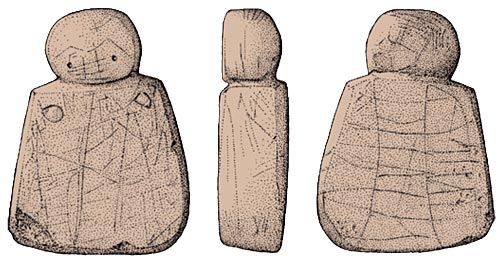
Behold our tiny Stone-Age mother, the Orkney Venus or Westray Wife. She is a 5,000-year-old carved figure, just four centimetres tall. She was found on Westray, one of the outer islands in the Orkney archipelago, at the Links of Noltand excavation in 2009. Other incredible Neolithic finds have also been uncovered there, suggesting a well established civilisation here during the Neolithic. Modern anthropology has shifted away from calling ancient feminine ‘fertility’ figures Venuses. They are now just called women. Locals call her the Wifey, which is an endearing way of saying woman. The Wifey is on display in a small glass case is the centre of the island’s excellent Heritage Centre in Pierowall. Hers is the oldest depiction of a human face found in the UK. The Wifey is an androgynous figure, the circles on her body might be two breasts or other adornments. Her pointed brows are raised in ironic surprise—more fairy than fertility goddess.
Westray was also home to another wifey, a woman named Katherine Bigland. She was accused of witchcraft with her mother and tried in 1615. As I prepared to visit Westray, I researched Katherine and other accused women as well as fairy lore and archeological data on the island. I am curious about where these three things intersect. Where do their stories overlap with fairy lore and older sites dating to the Iron Age or Neolithic? Time on Orkney expands and contracts in the landscape. We are in all epochs at once, and then in no time at all, someplace eternal. Nowhere have I felt this more than on Westray—a feeling shared with other poets who write of the island.

